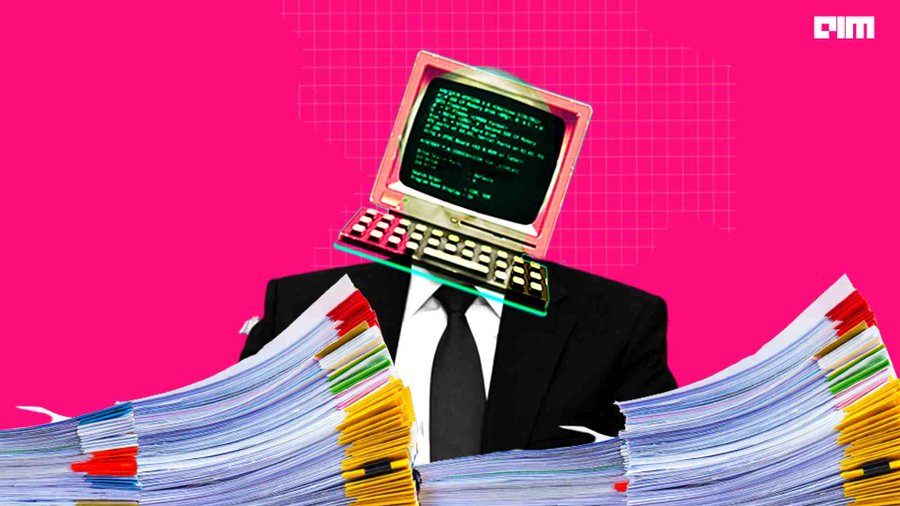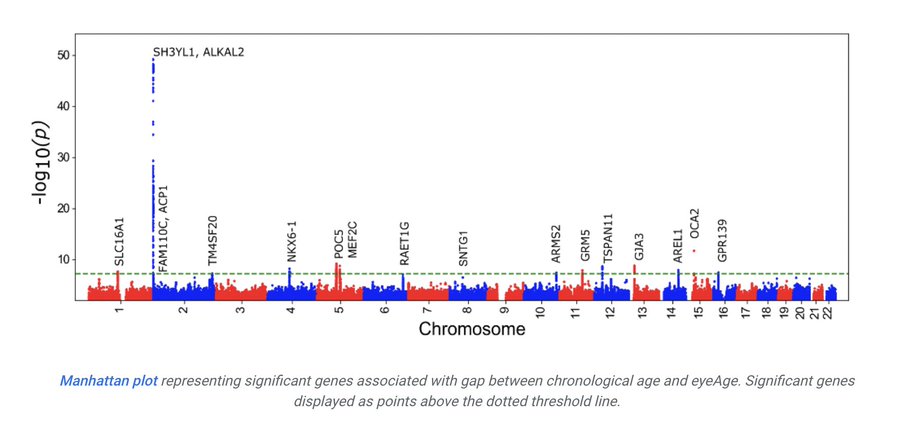Research papers are the wellspring of ideas pushing the frontiers of cutting edge technologies. Scholars around the globe rely on platforms like arXiv, JSTOR, Reddit, PapersWithCode to get up to speed on the latest in AI and data science. But let’s face it, research papers are a hard nut to crack. The time and effort you put into unpacking a research paper might go down the drain unless you have a method/reading strategy in place.
To that end, we have put together a tutorial to help you get the best out of research papers.
Locking in the right paper/s
Whether you want to learn about Transformers or Hidden Markov Model, finding the right papers is the first step. You can choose relevant papers by number of citations, authors, impact etc. Sorting the reading material as primary, secondary and tertiary will save you a lot of time and effort and optimise your research. Richmond Alake, computer vision engineer at Loveshark, suggested themes based on ML/DS jobs to get you started.

Mots-clés : cybersécurité, sécurité informatique, protection des données, menaces cybernétiques, veille cyber, analyse de vulnérabilités, sécurité des réseaux, cyberattaques, conformité RGPD, NIS2, DORA, PCIDSS, DEVSECOPS, eSANTE, intelligence artificielle, IA en cybersécurité, apprentissage automatique, deep learning, algorithmes de sécurité, détection des anomalies, systèmes intelligents, automatisation de la sécurité, IA pour la prévention des cyberattaques.






